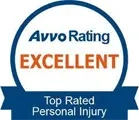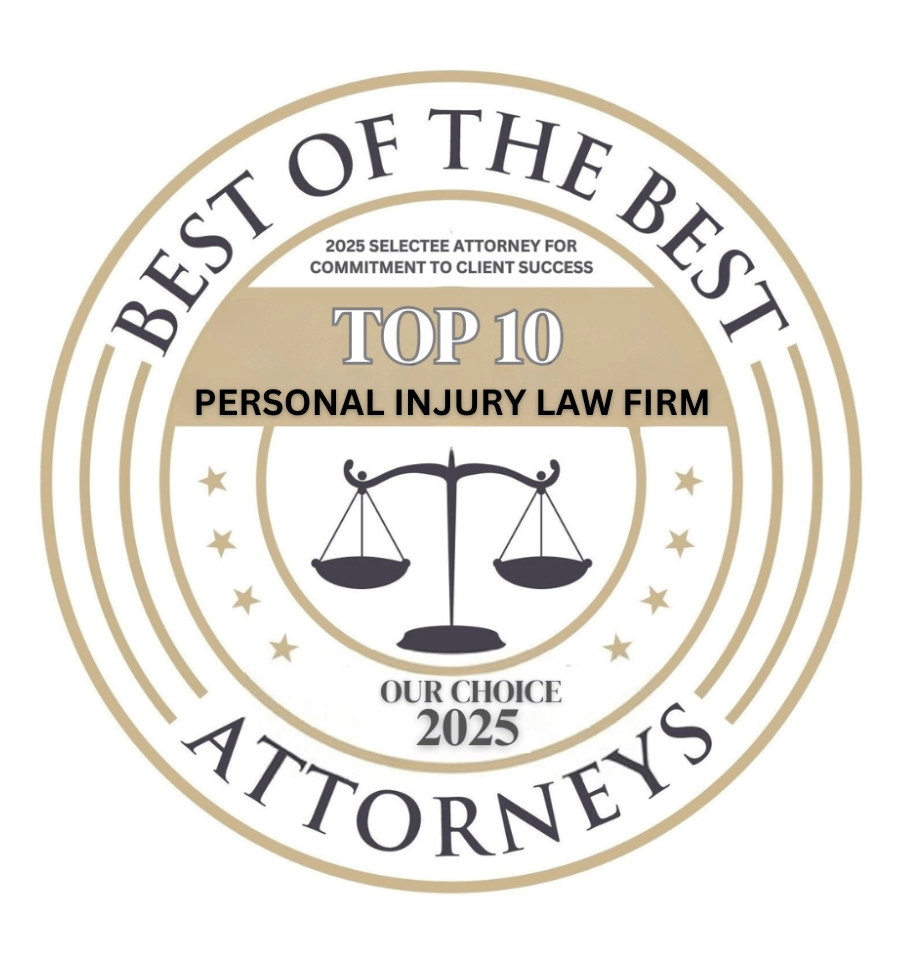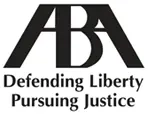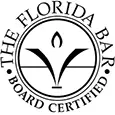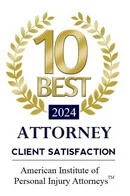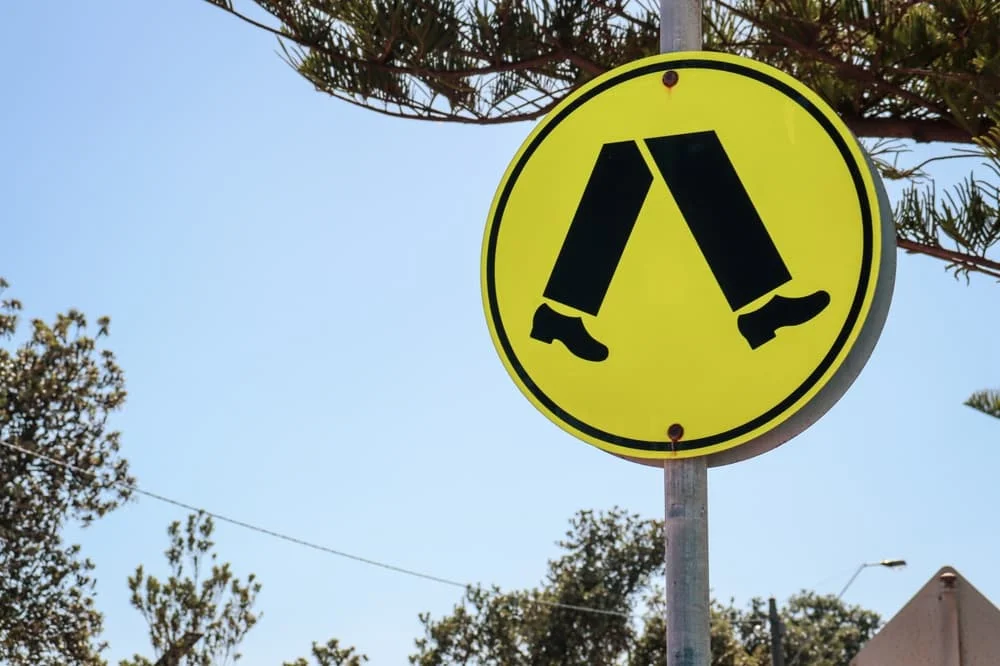
Can Traffic Signal Malfunctions Cause Left-Turn Accidents?
Left-turn accidents are among the most dangerous types of traffic collisions, especially when they occur at intersections. These crashes often involve high-speed, head-on, or T-bone impacts that can result in devastating injuries.
While many assume that driver error is the only cause of these crashes, that isn’t always the case. In fact, malfunctioning traffic lights can be a major contributor—especially when drivers are relying on signals to navigate complex intersections safely.
When a signal fails to change, blinks incorrectly, or displays contradictory cues to opposing lanes, chaos can ensue. A driver making a legal left turn on a green arrow may suddenly find themselves facing oncoming traffic that also has a green light. In these moments, it becomes nearly impossible to avoid a collision.
Understanding how these malfunctions happen—and how fault is determined—can help you make informed decisions if you’ve been involved in a crash.
This blog breaks down the relationship between traffic signal malfunctions and left-turn accidents, including how to protect your rights and when to consider seeking legal help.
When Traffic Signals Don’t Work the Way They Should
Intersections rely heavily on functioning traffic signals to keep vehicles moving safely. When a signal malfunctions—whether it’s stuck on red, skips phases, or shows conflicting greens—it can immediately put drivers at risk. This is especially dangerous for those making left turns, which already involve judging speed and distance of oncoming traffic. Malfunctions reduce visibility into right-of-way, which is crucial during such maneuvers.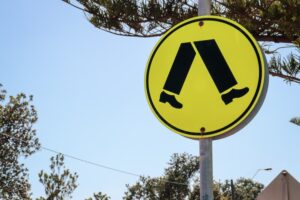
In Seattle or cities like Tampa and Brandon, local Departments of Transportation oversee traffic light maintenance. However, inclement weather, electrical surges, and routine wear and tear can lead to signal failure. When this happens at an intersection with heavy volume, it can result in confusion and catastrophic crashes.
Left-turn collisions caused by signal errors are difficult to predict and can happen even when a driver believes they are obeying the law. A green arrow may vanish mid-turn, or conflicting lights may trick two drivers into proceeding simultaneously. The chaos of these moments can make it difficult to determine fault and create complications when seeking compensation for injuries. It’s critical to document the scene as best as possible and consider the role that a faulty light may have played.
Why Left Turns Are Already High-Risk
Even under normal conditions, left turns at intersections are one of the most dangerous driving maneuvers. Unlike right turns, left-turning drivers must often cross multiple lanes of oncoming traffic. This requires precise timing, sound judgment, and a clear understanding of who has the right-of-way. Unfortunately, these conditions are rarely perfect.
Studies have shown that a significant number of intersection-related crashes involve left turns. Drivers may misjudge the speed of oncoming vehicles or become distracted by pedestrian movement, changing lights, or nearby turning lanes. These hazards become worse when signals malfunction or fail to display the correct indicators.
Cities like Seattle and North Port are densely populated and heavily trafficked, with complex intersection designs. A faulty green arrow or missing yellow phase can make a high-risk turn even more dangerous. When a driver thinks they have the right-of-way due to a malfunctioning signal, they may proceed into a collision without warning.
In these cases, determining who is at fault can be incredibly difficult, especially if the malfunction isn’t immediately obvious. This is why investigating the cause of a left-turn crash often requires legal and technical insight—something that a lawyer familiar with personal injury claims can help provide.
Who May Be Liable for a Malfunctioning Traffic Signal?
When a traffic signal is to blame for an accident, liability doesn’t always fall on the drivers involved. In some cases, a local government agency or private contractor may be responsible for failing to inspect, maintain, or repair the signal in question. If it’s found that poor maintenance or outdated equipment contributed to a malfunction, the city or county could be held accountable.
In Seattle, for example, traffic control devices are overseen by the Seattle Department of Transportation (SDOT), while in Florida, agencies like the Florida Department of Transportation (FDOT) play that role. These organizations have a duty to ensure signals function properly and are regularly inspected.
Proving that a government entity is at fault, however, can be complex. There are often strict rules regarding notice of claims and reduced timelines for filing against public entities. Evidence such as traffic signal data logs, surveillance footage, or witness statements may be necessary to establish liability.
Working with a legal team experienced in these cases is often essential. They can help determine whether the malfunction was documented, whether the city was aware of prior issues, and whether other drivers have experienced similar problems at the same intersection.
Proving That the Traffic Signal Malfunctioned
One of the biggest challenges in left-turn crash cases involving traffic signal issues is proving that the signal truly malfunctioned. Without clear, convincing evidence, insurance adjusters or opposing parties may simply place blame on the driver. That’s why documentation is key.
After a crash, it’s important to gather as much information as possible. This includes taking photos or videos of the traffic light, asking nearby drivers or pedestrians if they noticed anything unusual, and locating nearby surveillance or traffic cameras. If available, dash cam footage may also help.
In cities like Tampa or Seattle, requesting traffic signal logs through public records can sometimes reveal if there were prior issues or complaints filed. Maintenance records and service reports may show whether the signal had been inspected or repaired recently.
However, time is of the essence. Signals are often reset or repaired quickly, and some data may be deleted after a short retention window. Getting help from a lawyer early on can help preserve this evidence and guide you through the process of identifying the true cause of the crash. This kind of investigation is often necessary to uncover malfunctions that might not be obvious at first glance.
How Signal Timing Errors Contribute to Collisions
Not all traffic signal malfunctions are as obvious as a light going dark or flashing red. In many cases, it’s the timing of the lights that leads to dangerous situations. If the green light is too short, or if the yellow phase doesn’t last long enough, drivers may find themselves in unsafe positions—especially during a left turn.
For example, a poorly timed green arrow may not give enough time for multiple vehicles to complete their turn, leaving some stuck in the intersection. If the opposing traffic receives a green signal too quickly, collisions can happen even when drivers believe they acted legally. These are referred to as “split-phase timing errors.”
Municipal agencies in Florida and Washington use software to control traffic light cycles, but the systems aren’t perfect. Weather events, power interruptions, or programming errors can all interfere with proper operation. Unfortunately, most drivers aren’t aware that a timing error even occurred.
When crashes happen under these circumstances, you may need an engineer or crash reconstruction expert to analyze the timing sequence and determine whether it played a role. An attorney can help coordinate this analysis and interpret the findings to support your injury claim.
How These Cases Differ from Standard Left-Turn Crashes
When a traffic signal is functioning correctly, fault in a left-turn accident often comes down to a dispute between two drivers. But when a signal malfunctions, the case takes on an entirely different complexity. Liability may be shared between more than one party, and proving fault may require data analysis, expert witnesses, and detailed evidence.
In typical left-turn collisions, insurance companies might argue that the turning driver didn’t yield. But if the signal gave a green arrow too early—or conflicted with another green—the driver may have had no way of knowing danger was imminent. In these cases, the fault may rest with the city or maintenance contractor.
Moreover, injured drivers may not realize a malfunction occurred until it’s too late to gather evidence. This is why time-sensitive action is essential. A legal team can request public records, secure witness statements, and bring in experts to analyze signal programming and timing.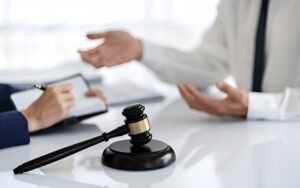
In Washington or Florida, claims involving government entities have shorter filing deadlines and special procedures. These differences make it vital to have guidance early on. If you’ve been in a left-turn crash and something felt “off” about the light, don’t assume it was your fault—investigate the possibility of a malfunction.
Dealing with Insurance After a Malfunction-Related Crash
Insurance companies are rarely quick to accept that a traffic signal malfunction was responsible for an accident. Their default approach is to assume one of the drivers made a poor decision, especially in left-turn collisions. Even if you believe the signal contributed to the crash, the adjuster may downplay this claim unless you present clear, documented evidence.
If your case involves a public agency or a traffic maintenance contractor, insurers may point fingers at each other to avoid liability. This can create long delays and disputes over who should pay. In Florida and Washington, public entities often have legal protections that make filing a claim against them more complicated.
Even in no-fault states or situations where you’re relying on your own policy, proving the role of a signal failure may affect how much compensation you’re offered. Your settlement could depend on showing how the malfunction increased your injuries or caused your vehicle to be struck.
That’s why working with an experienced injury attorney matters. They can help you avoid early settlement traps and gather the evidence needed to challenge an insurance company’s assumptions. A detailed investigation is often your strongest weapon in these cases.
Common Injuries in Left-Turn Crashes Involving Signal Errors
Left-turn collisions are often severe, especially when one driver is caught off guard by an unexpected green light or conflicting signals. When these crashes are caused by signal malfunctions, the angle and speed of impact can result in devastating injuries.
Some of the most common injuries in these scenarios include:
- Whiplash and neck injuries from sudden impact
- Broken bones, particularly in the arms, legs, or ribs
- Spinal cord injuries or disc herniations
- Head trauma or concussions from side airbag deployment
- Internal injuries due to seatbelt force or crushed panels
Unfortunately, the injured driver may face skepticism from insurers, especially if they are the one who made the left turn. They may try to blame the driver for misjudging the light—even when a timing error was to blame. This can lead to underpayment or denial of claims.
If you’re recovering from any serious injuries after a left-turn crash, don’t wait to speak with a lawyer. A medical expert can document your injuries, but a legal professional can help ensure your full story is heard. Without advocacy, you may face financial pressure to settle too soon or accept less than you deserve.
Call Boohoff Law for a Free Consultation
If you were injured in a left-turn accident and suspect a traffic light malfunction played a role, you don’t have to face the legal system alone. These cases often require detailed investigations, fast evidence preservation, and guidance through a complicated claims process.
At Boohoff Law, we help injury victims in Florida and Washington understand their rights and pursue fair compensation. Our team is experienced in handling collisions involving traffic signal issues, government entities, and reluctant insurers.
We’ll take the time to understand your unique situation and explore every angle of liability. If a signal error or poor maintenance contributed to your crash, we’re ready to help you prove it.
Call (813) 445-8161 in Tampa, (813) 321-7878 in Brandon, (941) 888-0848 in North Port, or (877) 999-9999 in Seattle. If you’re in Washington, contact our Seattle office at (877) 999-9999. The consultation is free, and we only get paid if we help you recover compensation.


